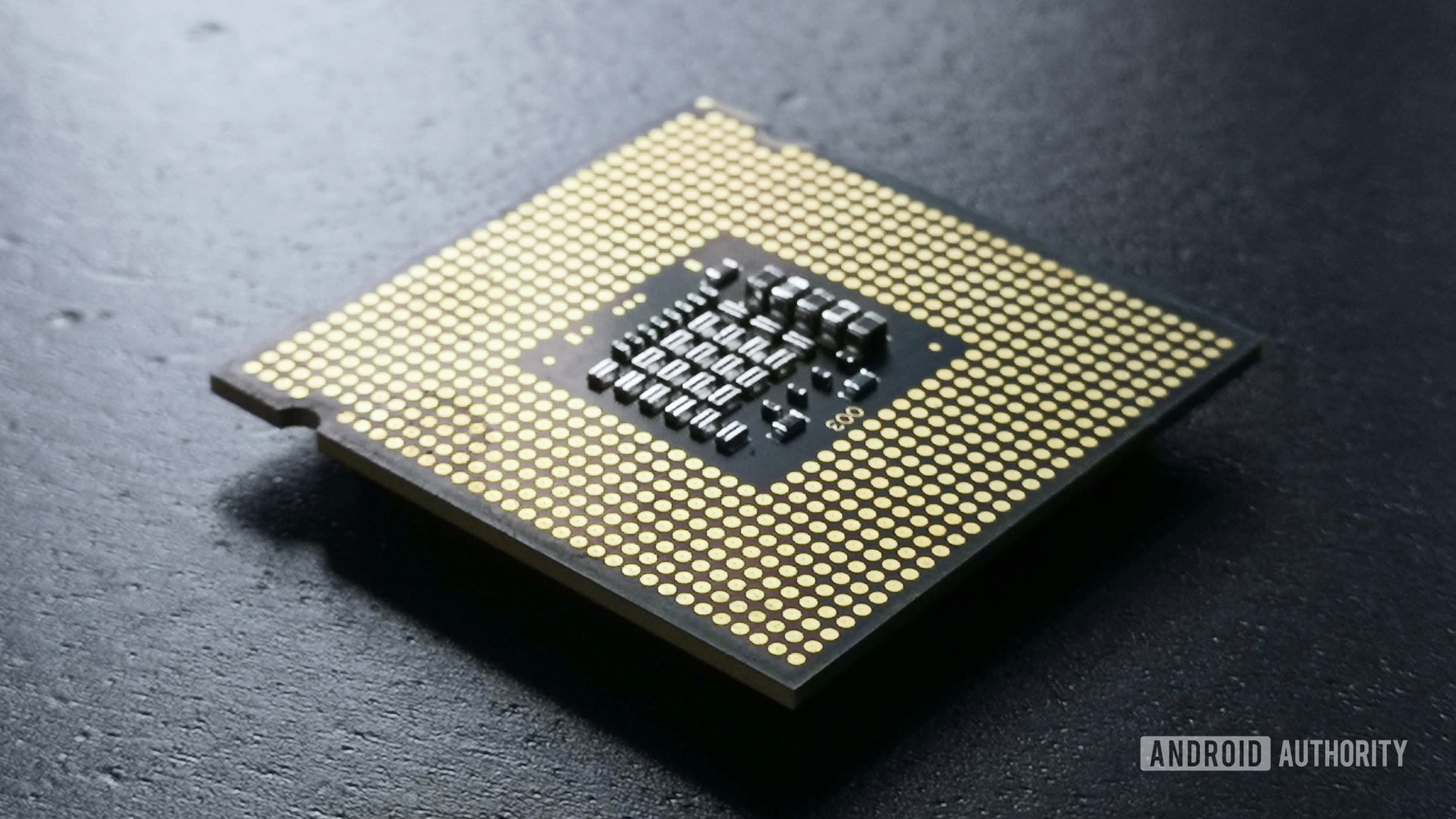Smartphone Processors: Unveiling the Brains Behind Mobile Innovation
In the fast-paced world of smartphones, the phrase "there's an app for that" has become a ubiquitous mantra. But behind the sleek user interfaces and dazzling array of applications lies a crucial component that powers the entire experience - the smartphone processor. From Qualcomm's Snapdragon to MediaTek's Dimensity, these tiny silicon powerhouses are the unsung heroes that make our mobile devices smarter, faster, and more efficient. In this article, we delve into the fascinating world of smartphone processors, exploring how they are made, how they work, and their diverse applications beyond mobile devices.
The Making of a Smartphone Processor
The journey of creating a smartphone processor is an intricate dance of innovation and engineering prowess. It all begins with the chip's design, where semiconductor engineers meticulously plan the architecture, arrangement of transistors, and circuitry to achieve specific functionalities and performance. The design is then translated into intricate patterns using photolithography during the fabrication process.
Semiconductor fabrication, also known as chip manufacturing, is an awe-inspiring blend of art and science. The process involves creating layers of materials and structures on a silicon wafer, with each layer contributing to the chip's functionality. Photolithography plays a crucial role, defining the chip's intricate circuitry by exposing and etching patterns on the wafer's surface.
Transistors, the fundamental building blocks of a chip, are the workhorses that perform the digital operations. Modern smartphone processors pack billions of these transistors, allowing for rapid computations and multitasking capabilities. Each processor's design is optimized for power efficiency, thermal management, and the specific tasks it needs to handle.
The Inner Workings of a Smartphone Processor
At its core, a smartphone processor is a central processing unit (CPU), akin to the brain of the device. It interprets and executes instructions, coordinating various tasks to deliver a seamless user experience. The processor's clock speed, measured in gigahertz (GHz), determines how quickly it can process instructions.
In addition to the CPU, modern smartphone processors often feature other specialized processing units, such as:
Graphics Processing Unit (GPU): Responsible for rendering graphics, videos, and animations, the GPU enhances gaming experiences and multimedia performance.
Digital Signal Processor (DSP): Optimized for handling audio and signal processing tasks, the DSP enhances voice calls and enables advanced audio features.
Neural Processing Unit (NPU) or Artificial Intelligence (AI) Accelerator: An emerging component designed to accelerate AI-related tasks, including facial recognition, voice commands, and computational photography.
These additional processing units work in concert with the CPU, each contributing its unique capabilities to elevate the smartphone's overall performance.
Beyond Smartphones: Diverse Applications
While smartphone processors are synonymous with mobile devices, their applications extend beyond the realm of smartphones. These powerful chips are used in various smart devices, wearables, tablets, and laptops. They serve as the backbone of cutting-edge technologies, such as augmented reality (AR) and virtual reality (VR) headsets, Internet of Things (IoT) devices, and autonomous vehicles.
Moreover, smartphone processors have found their way into specialized applications like drones, digital cameras, and gaming consoles. The relentless pursuit of smaller form factors and improved efficiency has enabled smartphone processors to thrive in diverse industries, driving innovation and pushing the boundaries of what is possible.
Innovation Unleashed: The Future of Smartphone Processors
As technology evolves, so too will smartphone processors. Future advancements may include even more powerful multi-core CPUs, advanced AI accelerators, and integration of 5G modems for seamless connectivity. Power efficiency and sustainability will also remain at the forefront of processor development, enabling longer battery life and greener devices.
In conclusion, the realm of smartphone processors is a captivating blend of science, engineering, and limitless possibilities. From the intricacies of their fabrication to their inner workings as the heart of mobile devices, smartphone processors are the enablers of modern mobile innovation. As these tiny chips continue to evolve and adapt, they will undoubtedly play a central role in shaping the future of technology, making our lives smarter, more connected, and more extraordinary than ever before.

Comments
Post a Comment